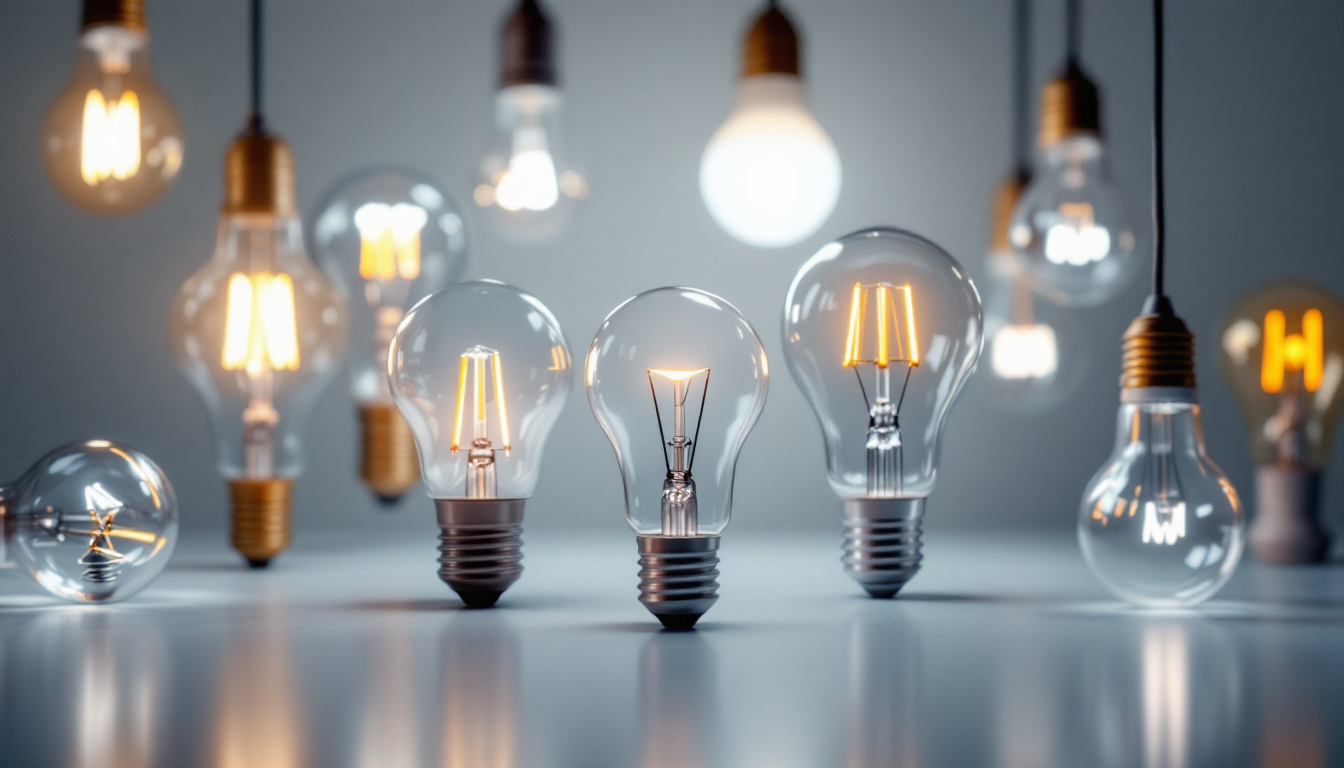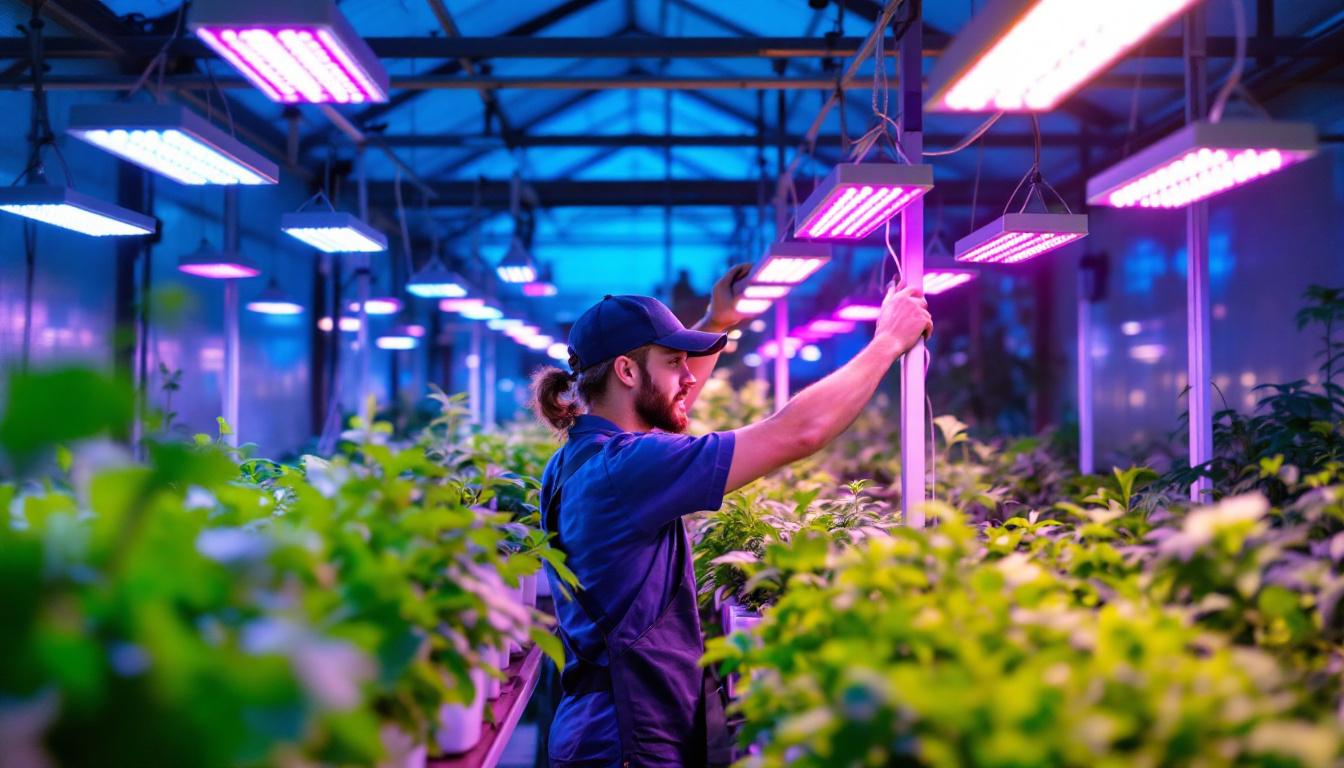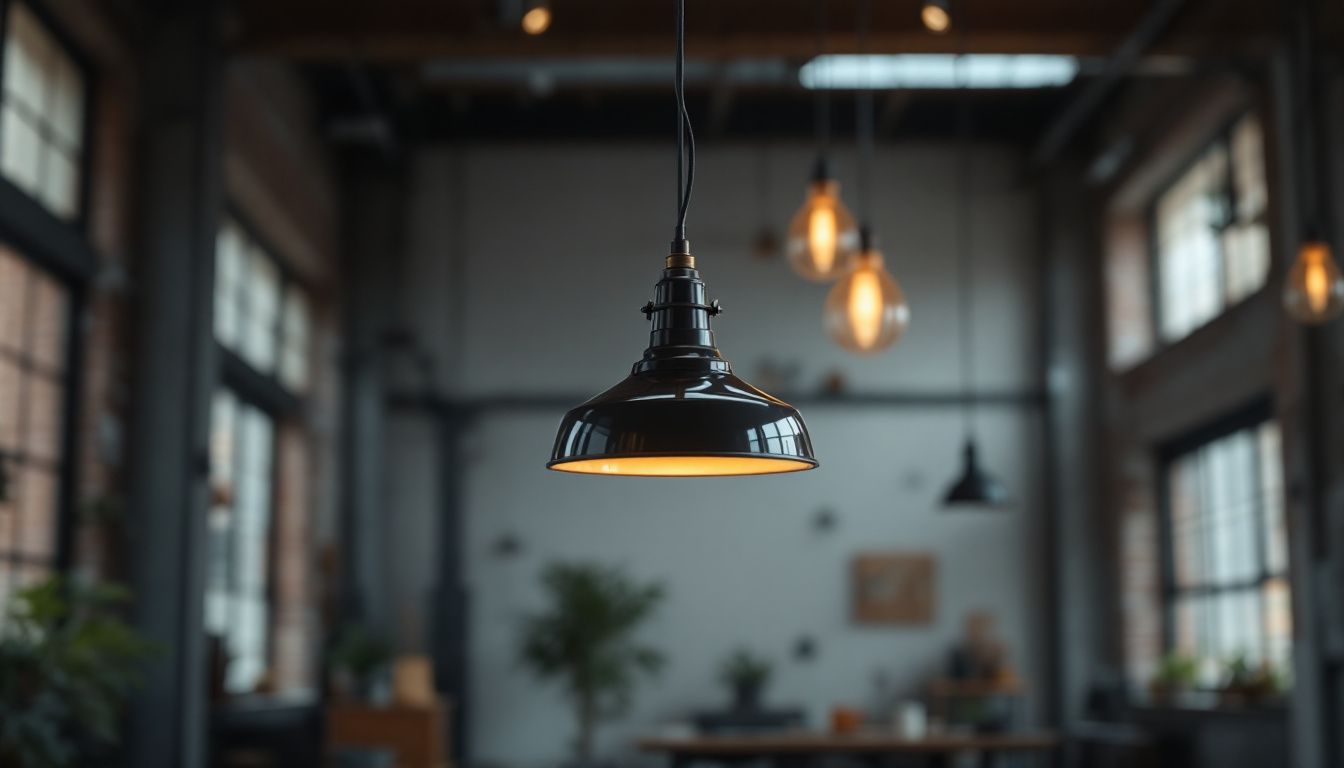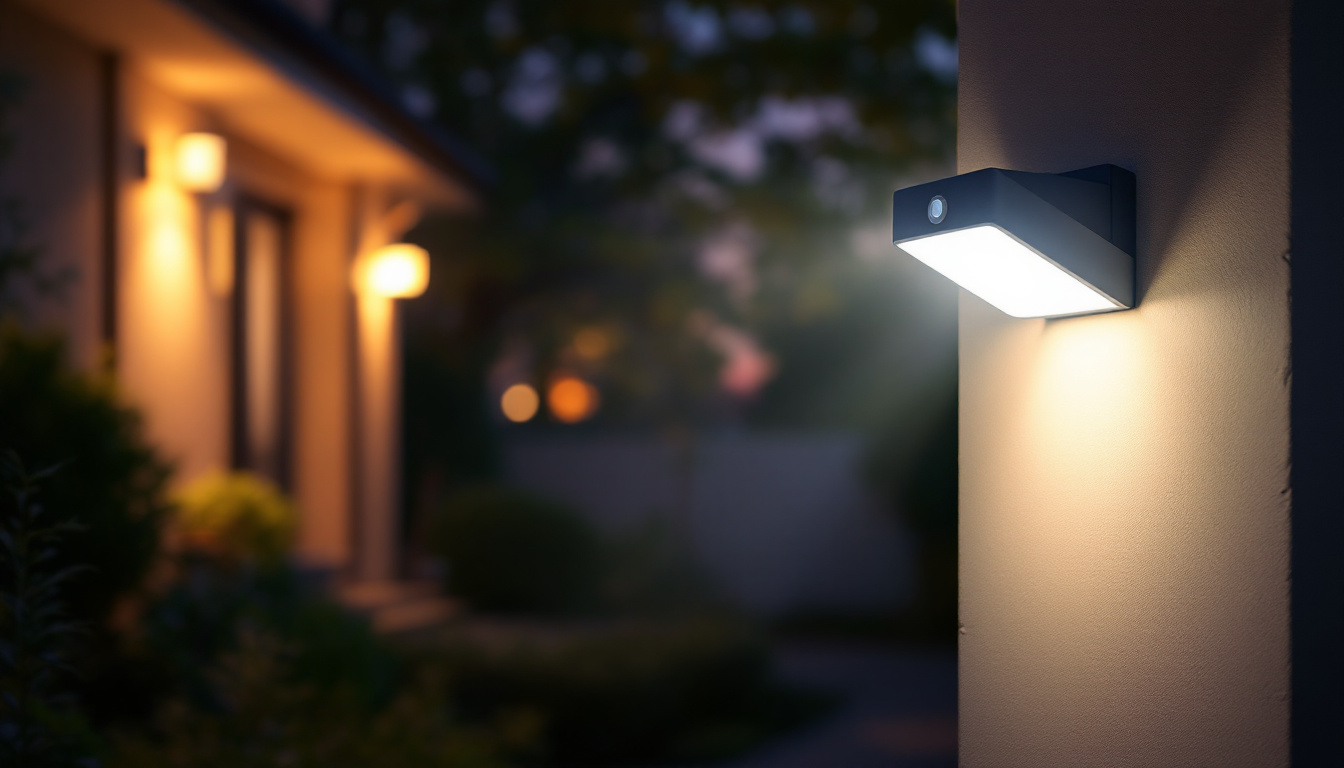
When it comes to lighting, one of the most fundamental aspects that professionals must grasp is the concept of brightness. The brightness of a light bulb is often referred to as “luminous flux,” measured in lumens. This measurement indicates the total amount of visible light emitted by a source. Understanding this term is crucial for lighting contractors, as it directly influences the effectiveness of their designs and installations.
In a world where energy efficiency and aesthetic appeal are paramount, knowing how to evaluate and select bulbs based on their brightness can significantly impact both the functionality and ambiance of a space. This article serves as a comprehensive checklist for lighting professionals to ensure they are well-equipped to handle the nuances of brightness in their projects.
Before diving deeper into brightness, it is essential to familiarize oneself with several key terms related to lighting. In addition to luminous flux, terms like luminous intensity, illuminance, and efficacy also play critical roles in understanding how light operates.
Luminous intensity refers to the amount of light emitted in a particular direction, measured in candelas. Illuminance, on the other hand, measures how much light falls on a surface, expressed in lux. Efficacy, measured in lumens per watt, indicates how efficiently a light source converts electrical energy into visible light. Mastering these terms will enhance a lighting contractor’s ability to design effective lighting solutions.
Brightness is not merely a matter of preference; it is a crucial component of effective lighting design. The right level of brightness can enhance productivity in workspaces, create inviting atmospheres in hospitality settings, and ensure safety in outdoor environments. A well-lit area can significantly affect mood and behavior, making it essential for lighting professionals to consider the specific needs of each project.
Furthermore, understanding the brightness of various light sources allows contractors to make informed decisions about energy consumption and sustainability. With the rise of LED technology, which offers impressive brightness levels with lower energy usage, lighting professionals must stay updated on the latest advancements to provide clients with the best options.
Additionally, the color temperature of light, measured in Kelvin, also plays a vital role in how brightness is perceived. Warmer light (around 2700K) tends to create a cozy and inviting atmosphere, making it ideal for residential spaces, while cooler light (above 5000K) can enhance focus and alertness, making it suitable for offices and work environments. By understanding the interplay between brightness and color temperature, lighting designers can create spaces that not only meet functional requirements but also evoke the desired emotional responses from occupants.
Moreover, the placement and distribution of light sources can dramatically affect how brightness is experienced within a space. For instance, strategically positioning lights to minimize shadows and maximize even illumination can enhance visibility and comfort. Lighting professionals must consider the architecture and layout of each space, as well as the activities that will take place there, to ensure that their lighting designs are both practical and aesthetically pleasing. This attention to detail can elevate a project from merely functional to truly exceptional, showcasing the artistry involved in effective lighting design.
To accurately assess brightness in a given space, lighting professionals should employ a variety of tools and techniques. These methods ensure that the right amount of light is delivered where it is needed most, optimizing both functionality and aesthetics.
A light meter is an indispensable tool for any lighting contractor. This device measures illuminance in lux or foot-candles, providing precise data on how much light is present in a specific area. By taking measurements at different points in a room, professionals can identify areas that may require additional lighting or adjustments to existing fixtures.
When using a light meter, it is important to consider factors such as the time of day and any obstructions that may affect readings. This will ensure that the measurements reflect the actual lighting conditions in the space.
Calculating the lumen requirements for a space is another critical step in evaluating brightness. The general rule of thumb is to provide around 100 to 150 lumens per square meter for general lighting in residential areas. However, this number can vary based on the room’s purpose, color scheme, and the amount of natural light available.
For instance, a kitchen may require more lumens due to the need for precision in cooking, while a bedroom may benefit from softer lighting. By understanding the specific needs of each room, lighting professionals can tailor their designs to achieve optimal brightness.
Different types of light sources offer varying levels of brightness and energy efficiency. Understanding the characteristics of each type is essential for making informed decisions in lighting design.
Incandescent bulbs are traditional light sources known for their warm glow and excellent color rendering. However, they are less energy-efficient compared to modern alternatives. Typically, a 60-watt incandescent bulb produces around 800 lumens, making it suitable for general lighting in homes.
While incandescent bulbs provide a comfortable ambiance, their short lifespan and high energy consumption make them less favorable in commercial settings where efficiency is a priority. Lighting professionals should weigh the pros and cons before recommending incandescent options.
LEDs have revolutionized the lighting industry with their exceptional brightness and energy efficiency. A 10-watt LED bulb can produce the same amount of light as a 60-watt incandescent bulb, making it a popular choice for both residential and commercial applications.
Moreover, LEDs have a significantly longer lifespan, often lasting up to 25,000 hours or more. This longevity, combined with their low energy consumption, makes LEDs an ideal choice for contractors aiming to provide sustainable and cost-effective lighting solutions.
Fluorescent bulbs are another common option, often used in commercial settings due to their energy efficiency and brightness. They typically emit a cooler light and are available in various color temperatures. A standard fluorescent tube can produce around 2,500 to 3,000 lumens, making it suitable for large spaces.
Halogen bulbs, a type of incandescent lighting, offer a brighter light output and improved efficiency. They are often used in track lighting and accent lighting applications. However, they can produce significant heat, which is a factor to consider in design.
Color temperature is another critical aspect of lighting that can influence perceived brightness. Measured in Kelvin (K), color temperature describes the warmth or coolness of a light source. Understanding how color temperature affects brightness is essential for creating the desired atmosphere in any space.
Warm light, typically ranging from 2700K to 3000K, creates a cozy and inviting atmosphere, making it ideal for residential settings. Cool light, on the other hand, ranges from 4000K to 6500K and is often preferred for task-oriented spaces such as offices and kitchens.
The choice between warm and cool light can significantly impact how brightness is perceived. For example, a warm light may seem less bright compared to a cool light at the same lumen output, due to the way our eyes perceive color. Lighting professionals must consider these nuances when selecting bulbs for specific applications.
In addition to selecting the appropriate color temperature, lighting professionals can adjust the brightness of a space by layering different types of lighting. Combining ambient, task, and accent lighting can create depth and enhance the overall brightness of a room.
For instance, using warm ambient lighting in conjunction with cool task lighting can provide both comfort and functionality. This layered approach allows for greater flexibility in achieving the desired brightness and atmosphere.
To ensure that lighting projects meet the necessary brightness requirements, professionals should adhere to several best practices. These guidelines can help streamline the design process and enhance overall effectiveness.
Before beginning any project, conducting a lighting audit can provide valuable insights into existing conditions. This process involves assessing the current lighting setup, measuring illuminance levels, and identifying areas that may require improvement.
By understanding the strengths and weaknesses of the current system, lighting professionals can make informed decisions about upgrades or replacements, ensuring optimal brightness throughout the space.
Smart lighting technology offers innovative ways to control brightness and enhance energy efficiency. By integrating smart bulbs and fixtures, contractors can provide clients with the ability to adjust brightness levels and color temperatures according to their preferences.
This flexibility not only improves user experience but also contributes to energy savings by allowing users to tailor lighting to their specific needs. As smart technology continues to evolve, staying informed about the latest advancements will be crucial for lighting professionals.
Understanding the brightness of a light bulb, or luminous flux, is a fundamental aspect of lighting design that every professional must master. By familiarizing themselves with key terms, evaluating brightness through various tools, and considering the characteristics of different light sources, lighting contractors can create effective and aesthetically pleasing environments.
Moreover, by incorporating best practices such as conducting lighting audits and utilizing smart technology, professionals can ensure that their designs meet the evolving needs of clients while optimizing energy efficiency. Ultimately, mastering brightness is not just about illuminating a space; it is about enhancing the quality of life for those who inhabit it.
Now that you’ve mastered the essentials of brightness in lighting design, take your projects to the next level with LumenWholesale. Our commitment to providing contractors with top-quality, spec-grade lighting products at unbeatable wholesale prices means you can illuminate any space with confidence. With LumenWholesale, you’ll find the perfect lighting solutions that meet the highest industry standards, all while enjoying the benefits of bulk buying without the hassle. Say goodbye to inflated markups and hidden fees, and hello to free shipping and superior lighting products. Elevate your lighting designs today and experience wholesale lighting at the best value.

Discover the transformative power of grow lights in greenhouses with real-world success stories from lighting contractors.

Discover the transformative impact of warehouse pendant lamps in lighting installations.

Discover expert insights and practical tips for lighting contractors working with Bulb T12.

Discover the essential guide for lighting contractors on motion sensor security lights.